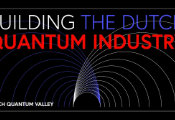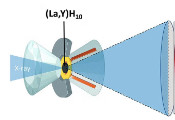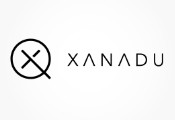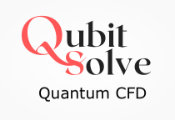QuSecure Achieves SOC 1 and SOC 2 Type 2 Compliance Validating Security Controls and Practices of its Leading Post-Quantum Cryptography Solution
SAN MATEO, Calif -- QuSecure Inc., a leader in post-quantum cryptography (PQC), today announced that it has achieved SOC 1 and SOC 2 Type 2 compliance for its QuProtect software solution, validating the rigorous, independent assessment of its internal security controls and practices of its industry-leading PQC solution. This serves as validation of QuSecure’s dedication and adherence to the highest standards for security.
“Our successful SOC 1 and SOC 2 reports, completed through an independent third-party assessment, have validated the improvements in our overall security posture,” said Craig Debban, CISO at QuSecure. “This attestation is the backbone to creating security products that protect our customers from impending quantum computing and classical threats. This important recognition is also the bedrock to our compliance roadmap which is in direct alignment with growing customer requirements. Maintaining this standard is but one step in our continuing journey to improve our security posture for commercial and government adoption.”
Since many organizations require SOC 1 and SOC 2 compliance, such organizations can now be assured that QuSecure has passed rigorous assessments and audits validating the security posture of its post-quantum cryptography and crypto-agility platform, QuProtect. As most organizations require a vendor management review, this new third-party validation immediately attests to QuSecure’s ability to meet the toughest security requirements. QuSecure’s SOC 3 report is available on request.
QuSecure’s QuProtect software, available now for testing and deployment, offers a comprehensive, end-to-end quantum-security-as-a-service architecture that combines zero-trust, next-generation quantum-resilient technology and crypto-agility to protect networks, cloud systems, edge devices, and satellite communications against today’s cyberattacks and future quantum threats, all with minimal disruption to existing systems.



































